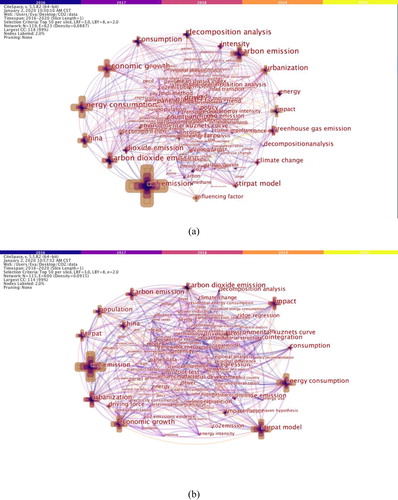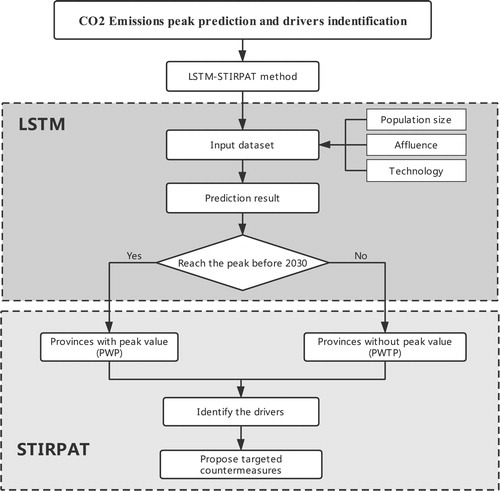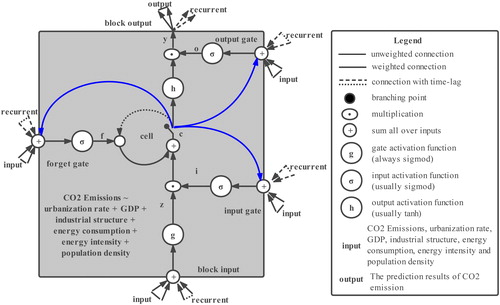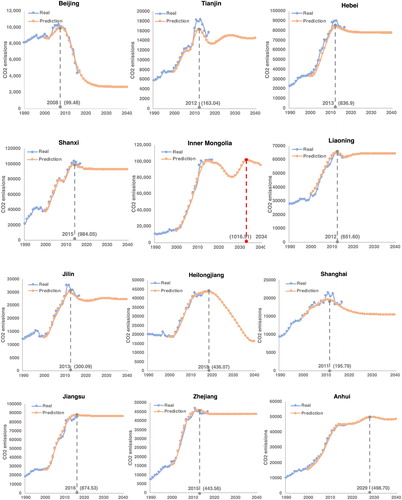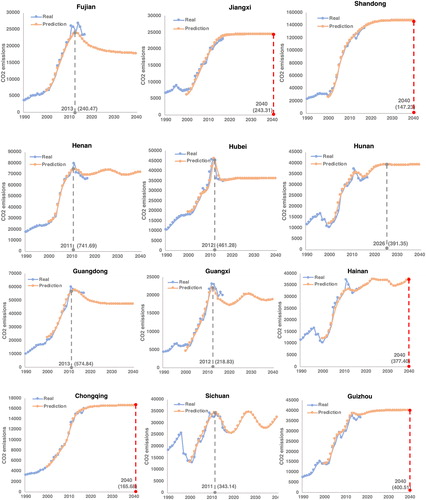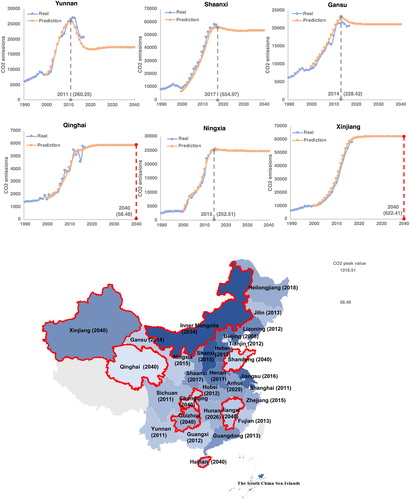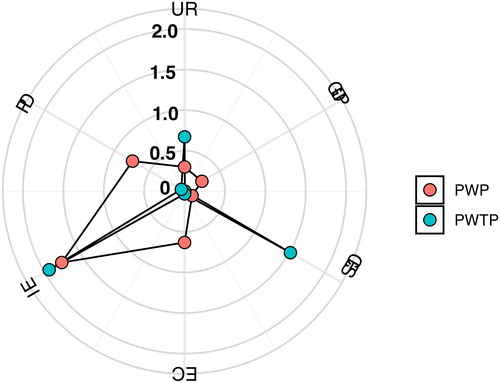Figures & data
Table 1. Some literature on carbon dioxide emissions forecasting over the last decade.
Table 2. Summary of the literature on the influencing factors of carbon emissions.
Table 4. MAPE prediction results with the LSTM and the BP.
Table 5. Unit root test for stationarity.
Table 6. Estimated results for the PWP and PWTP.
Table 7. Empirical results for the provinces without a CO2 emission peak value (dynamic).
